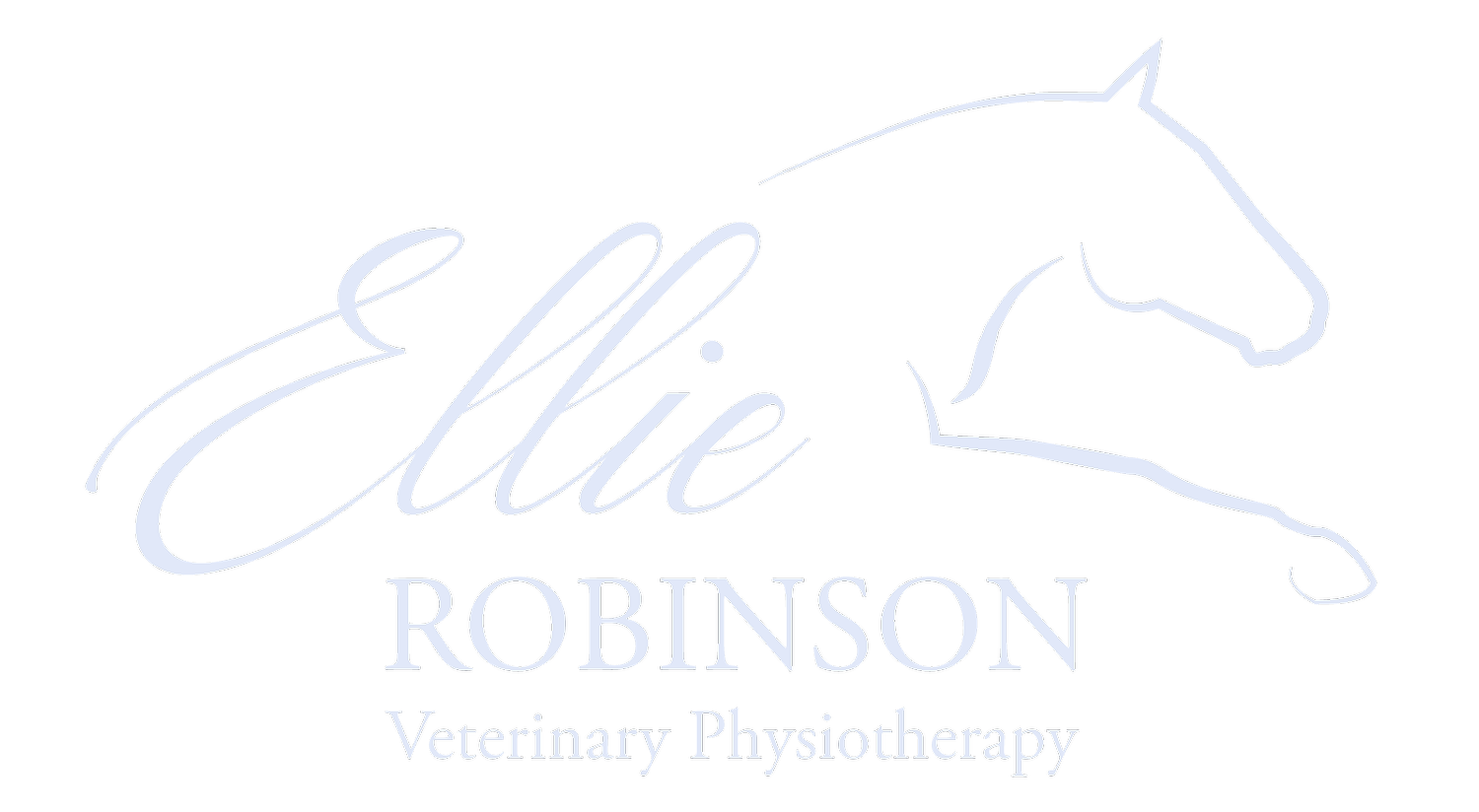Research Review: Efficacy of Radiofrequency Diathermy in Clinical Equine Cervical Pain Cases
In the veterinary physiotherapy industry, there is a vast evidence base out there which professionals largely base their clinical decision making on, however usually uses scientific jargon which can make it difficult to fully understand. Therefore, I thought I would start a series on my blog reviewing relevant scientific research papers and interpreting them in a way that makes it a little easier to understand!
King & Ellis carried out this particular study in 2022, and their objective was to find out whether radiofrequency could improve the range of motion and decrease muscular pain in a horse’s neck. This was undertaken as a ‘pilot’ study, meaning they used a small sample of only 2 horses, and if they found beneficial results they would then be able to replicate the research on a larger sample.
The horses used in the study were both undergoing rehabilitation for a forelimb injury, and were found to have marked muscular pain in the neck, as well as limited lateral flexion (bending to the side) and forelimb movement. Each horse’s pain pressure threshold (the amount of pressure they tolerated before showing a reaction) was taken before treatment. Their forelimb movement was also measured prior to treatment.
The horses then underwent an intensive INDIBA treatment course, being treated 3 times weekly for 4 weeks with the therapy being applied to the base of their necks. Following the INDIBA treatment course, their pain pressure thresholds were significantly higher, meaning they could tolerate more pressure before showing a reaction. Forelimb retraction length was also found to have improved (the forelimb was able to be stretched further backward towards the hindlimb).
The results of this study therefore showed that a treatment course of INDIBA radiofrequency improves range of motion and decreases muscular pain in horses with neck pain that is secondary to forelimb injuries.
